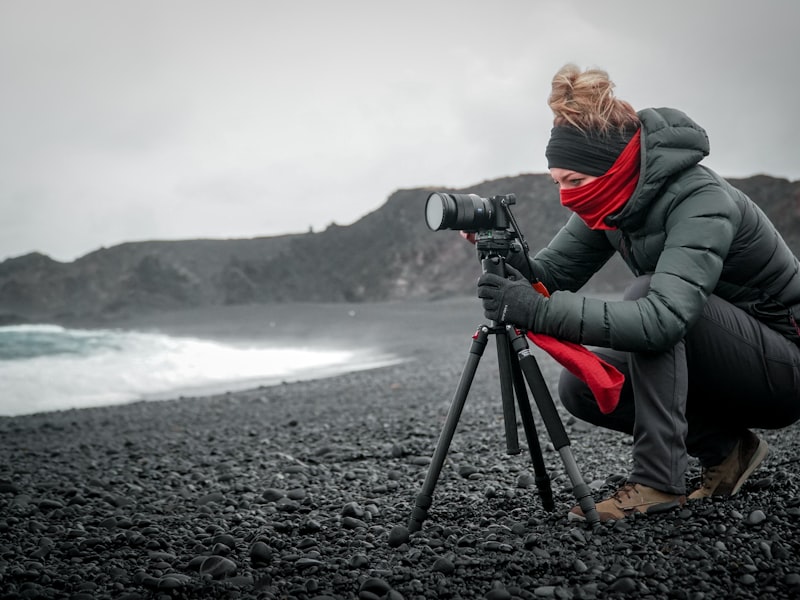Little Known Questions About Effective Strategies for Minimizing Server Response Time.

How to Optimize Images for Improved Website Performance
Photos participate in a critical role in boosting the visual allure of a website. They not simply catch focus but likewise convey relevant information efficiently. Nonetheless, making use of high-resolution pictures without enhancing them can dramatically affect website performance, leading to slower tons times and enhanced bandwidth usage. As a result, it is important to maximize pictures for improved website functionality. In this short article, we are going to check out several techniques and absolute best techniques for enhancing pictures.
1. Opt for the Right Image Format:
Deciding on the ideal image style can easily have a substantial impact on documents measurements and tons time. The very most common picture layouts used on the internet include JPEG, PNG, and GIF.
JPEG (Joint Photographic Experts Group) format is ideal for photos or complex pictures with numerous different colors because it utilizes lossy squeezing, which lowers file dimension while preserving sensible photo high quality.

PNG (Portable Network Graphics) layout is ideal for graphics along with fewer different colors or clarity results. It sustains lossless squeezing, preserving graphic quality at the expense of larger documents sizes.
GIF (Graphics Interchange Format) is frequently made use of for animated pictures but has limited different colors help matched up to JPEG and PNG styles.
2. Resize Images:
Just before uploading photos to your website, make certain they are appropriately sized. Large-sized photos take in more bandwidth and take much longer to load. Make use of picture modifying software or on the web tools to resize your pictures to their optimal sizes based on where they will definitely be presented on your site.
3. Squeeze Related Source Here :
Photo compression decreases documents dimension without significant reduction of visual quality through eliminating unneeded record from an image file. There are actually two styles of squeezing: lossless and lossy.
Lossless compression lowers documents size without compromising any type of information or premium but might not attain as higher levels of squeezing as lossy strategies.
Lossy squeezing obtains much higher amounts of compression by permanently discarding some information coming from an photo documents that may not be visible to human eyes in most cases.
Use appropriate resources or plugins to compress your pictures without endangering their quality. Some preferred devices include Adobe Photoshop, Squoosh, and ImageOptim.
4. Take advantage of Browser Caching:
Leveraging web browser caching permits you to store image report on a individual's unit for a indicated period. When a individual see your website once more, the stored photos are filled from the cache rather of being downloaded once again from the hosting server. This lessens lots times and bandwidth consumption.
To make it possible for internet browser caching, you may incorporate expiry headers to your picture data or make use of caching plugins if you are making use of a content monitoring unit (CMS) like WordPress.
5. Make use of Lazy Loading:
Idle lots is a approach that delays the loading of non-visible photos until they are about to be presented on the monitor. This aids prioritize the first tons of noticeable information and boosts total website efficiency.
Carry out idle lots making use of JavaScript libraries or structures such as Lazy Load or Intersection Observer API.
6. Improve Alt Text:
Alt text message (alternate text message) gives textual explanations for photos when they maynot be presented or accessed through customers as a result of to technical concerns or disabilities. Improving alt text not merely helps along with ease of access but additionally improves hunt engine optimization (SEO).
Ensure that your alt message properly illustrates the content of an photo in a concise way, featuring pertinent keywords if suitable.
7. Make use of Responsive Images:
Reactive internet style ensures that websites adjust to different screen sizes and units. This includes optimizing images for several screen sizes by serving different versions of an graphic based on unit capacities.
Use CSS media concerns and HTML associate such as srcset and sizes to supply appropriately sized images for various units, minimizing unnecessary bandwidth usage on smaller display screens.
8. Minify HTML, CSS, and JavaScript:
Minification is the procedure of taking out unnecessary characters (such as white spaces, comments, series breaks) coming from code documents without having an effect on their capability. Minifying HTML, CSS, and JavaScript may significantly lower documents sizes and strengthen website functionality, including image bunch times.
Utilize minification devices or plugins to instantly take out needless characters from your code data.
In verdict, optimizing pictures for improved website performance is necessary for supplying a seamless individual take in and lowering lots opportunities. Through picking the right graphic layout, resizing and compressing images, leveraging web browser caching, making use of lazy loading, enhancing alt text, using reactive pictures, and minifying code data, you can dramatically boost your website's functionality. Execute these procedures to ensure that your images contribute positively to your website's overall speed and productivity.
Note: Complete word count: 803 phrases
